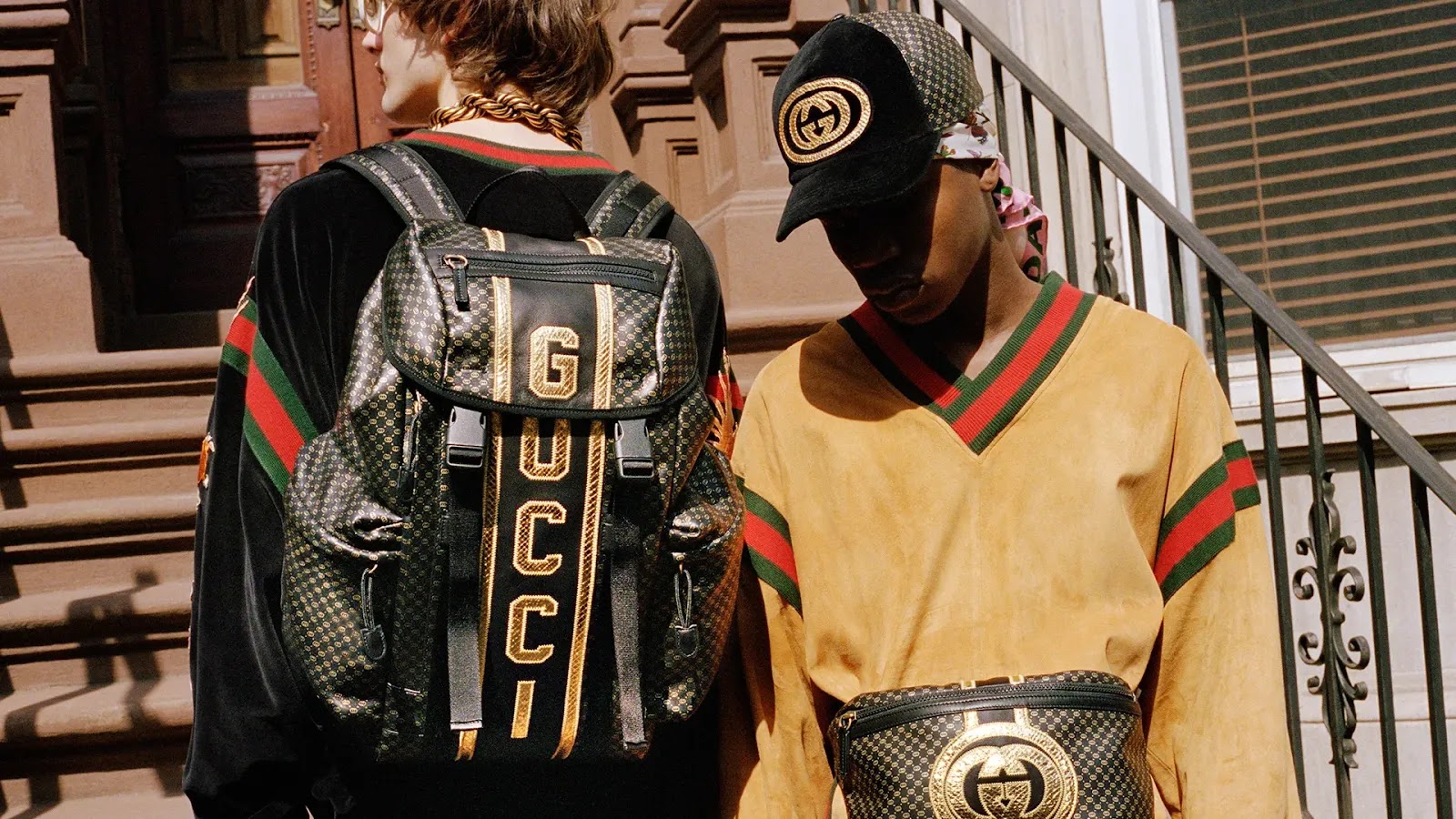Chief Daddy (2018), a film by EbonyLife Films now streaming on Netflix, is a humorous yet dramatic take on the life and legacy of a rich Nigerian patriarch. When he dies unexpectedly, his carefully hidden secrets begin to unravel, revealing tensions around wealth, greed, and social hierarchy. Set in bustling Lagos, the movie follows a mix of legitimate and secret heirs, as well as employees, all scrambling for a piece of the fortune. Beneath its jokes and dramatic twists, the film mirrors larger Nigerian societal issues, where money defines who people are, what power they have, and even how love is shown.
This analysis uses Marxist theory to examine how Chief Daddy presents wealth, labor, and the fight over inheritance. Regarding Karl Marx’s central ideas—like class conflict, commodification, exploitation, and false consciousness—the essay explores a key question: Does the film criticize privilege, or does it glamorize it? Through a close look at class dynamics, portrayal of workers, inheritance battles, upward mobility, and economic gaps, this critique explores whether the film simply reflects inequality or actively questions the capitalist system.
According to Marxist theory, societies are split into two main classes: the bourgeoisie (those who own capital and control production) and the proletariat (the working class). The movie introduces this divide early. Chief Felix Beecroft and his multiple wives represent upper-class luxury: grand homes, exotic vacations, fine wines. Meanwhile, cooks, drivers, and maids remain on the fringes—present but largely unheard—supporting the wealth with their labor while gaining little recognition or stability.
This imbalance is clear in moments where domestic staff are seen but not truly acknowledged. A maid serves drinks without being invited into the conversation. After Chief Daddy’s death, the staff express shock, yet they are left out of decision-making and family matters. Marx explains that elite power is upheld not just through money, but also through ideas and culture that normalize inequality. The film mirrors this by pushing working-class characters to the background while focusing on the emotional chaos of the rich.
Even when the staff show dissatisfaction, it’s tied to their dependence on money. Their pleas for a share of the wealth are less about fairness and more about survival, showing how deeply they are trapped in the system. This supports Marx’s view that class identity is rooted in one’s relationship to ownership and production—not individual personality or values.
At the center of the story is the battle for inheritance, which exposes the real basis of many relationships. Chief Daddy’s passing strips away pretense, showing that love, loyalty, and friendship are all tangled with financial expectations. Several wives seem more concerned about being included in the will than grieving. The children fight openly, some out of care, most out of greed.
For Marx, commodification is the process where human relationships are reduced to monetary terms. In this movie, inheritance turns family members into rivals. Toyin, the youngest wife, cries not from loss, but from fear of exclusion. The film makes it clear that emotions and relationships are filtered through money; genuine affection is nowhere to be found without wealth as a backdrop.
A standout moment comes when missing inheritance papers drive staff to bribery, suggesting that even those not traditionally seen as corrupt are drawn into capitalist behaviors. Everyone is out to gain something. Marx believed that capitalism shapes not just the economy but people’s minds and habits. In Chief Daddy, characters obsess over status symbols—cars, designer fashion, flashy events—celebrating wealth as an end in itself. The film illustrates this commodification, though whether it condemns it remains unclear.
Marx also argued that labor under capitalism is always exploitative: workers create value but receive only a small portion. Chief Daddy shows this through the clear line between staff and family. The domestic workers are constantly active but hold no power and receive little respect.
Take the driver, for example: he transports his employers without question. His work supports their luxury but gets him no real acknowledgment. A cleaner scrubs spotless floors while the heirs argue upstairs, yet her name is never spoken. This invisibility is the very form of exploitation Marx warned about: crucial labor is ignored both emotionally and financially.
In one scene, the staff patiently wait for leftovers after a lavish meal—a literal image of how workers are left with scraps while the wealthy feast. Marx described exploitation not just in money but in symbolism: over time, the poor begin to believe they deserve less. The film shows this by presenting no collective resistance from the staff. They don’t organize or demand rights—they act alone, mimicking the behavior of the rich. This scattered approach reflects how cultural systems discourage working-class unity.
Capitalism, Marx said, creates illusions of progress while keeping inequality firmly in place. In Chief Daddy, the only way to climb the ladder is by marrying into wealth or making shady business deals. No one gets ahead through talent or education. Rich kids are born into success, and workers stay at the bottom.
The film hints briefly at social mobility through Mary (or a similar character), a former maid who seemed to be close to Chief Daddy. But after his death, whatever promises he made die with him. That glimpse of hope disappears, proving Marx’s point: capitalism allows for isolated success stories, but overall, it preserves the gap between classes.
The class divide is clear when heirs argue inside a sleek, modern vault, while workers live in cramped, dorm-style quarters. Chief Daddy emphasizes that wealth is passed down, not earned. There are no systems in the film that push for fairness or help the poor move up. Though polished on the outside, the world it presents is rigid and exclusive at its core.
So, does the movie actually critique wealth, or does it just show it off? That’s the central Marxist question. Chief Daddy seems conflicted. Yes, it pokes fun at the excesses of the rich—drunk wives, ridiculous arguments, greedy lawyers. These exaggerations could be read as satire.
But the satire is shallow. The film doesn’t dig into why wealth is so concentrated or question the systems that keep it that way. The heirs are foolish, but by the end, they’re still rich and still in control.
There’s no real push for fairness, no unionizing, no clear message about changing the system. Even after pointing out injustice, the film ends with a big celebration: music, dancing, and a flashy family event. Audiences enjoy the spectacle, connect with the family drama, and may ignore the deeper inequalities. In Marxist terms, this is false consciousness: the film distracts viewers from real issues by inviting them to laugh along with the elite.
Seen through a Marxist lens, Chief Daddy showcases class struggles and the spoils of capitalism in a highly visual way. It makes class differences in Lagos visible, emphasizes the role of labor in maintaining luxury, and uses inheritance as a symbol of how wealth is kept in elite hands. But its critique is skin-deep. The film doesn’t offer any solutions—just more entertainment for the privileged.
Marxism teaches that inequality isn’t accidental—it’s reproduced through culture, politics, and beliefs. The film hints at these cracks: worried rich kids, exploited staff, absurd traditions. But in the end, it props the system up rather than tearing it down. It shows an unequal world, yes—but one that’s glossy, fun, and firmly unthreatened.
In Nigeria, where money often shapes politics, justice, and identity, the movie’s refusal to tackle economic privilege in depth is telling. The drama around the will gives laughs, but it avoids real questions about workers’ rights, upward movement, or justice.
To wrap up, Chief Daddy reveals class divides with flair, but avoids true critique. It mentions inequality without really confronting it. In the end, the film suggests that Nigeria’s wealthy—like those in the West—can enjoy inequality, as long as it’s wrapped in luxury and good vibes. Through Marx’s lens, it’s clear: the film flirts with resistance but ends up praising privilege in all its chaotic charm.






